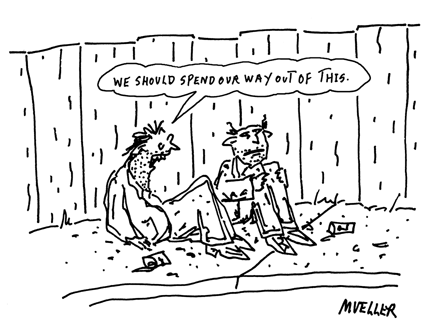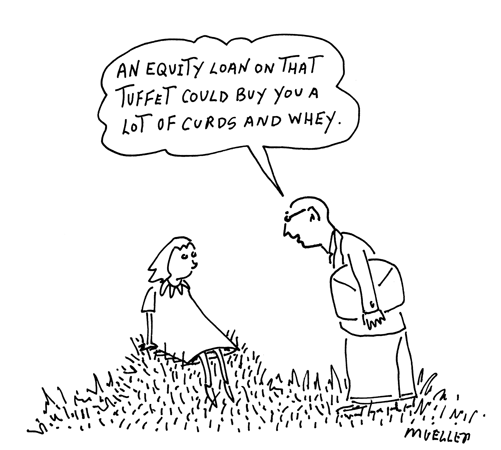Until last year credit-default swaps (CDSs) were hailed as a wonder of modern finance. These derivatives allow sellers to take on new credit exposure and buyers to insure against companies or governments failing to honour their debts. The notional value of outstanding CDSs exploded from almost nil a decade ago to $62 trillion at the end of 2007—though it slipped to $55 trillion in the first half of this year and has since continued to fall. Traded privately, or “over the counter”, by banks, they seemed to prove that large, newfangled markets could function perfectly well with minimal regulation.
That view now looks quaint. Since September a wave of large defaults and near-misses, involving tottering banks, brokers, insurers and America’s giant mortgage agencies, Fannie Mae and Freddie Mac, has sent the CDS market reeling. Concern that CDSs are partly to blame for wild swings in financial shares has frayed nerves further.
The failure in mid-September of Lehman Brothers showed that the main systemic risk posed by CDSs came not from widespread losses on underlying debts but from the demise of a big dealer. The aftershock spread well beyond derivatives. Almost as traumatic was the rescue of American International Group (AIG), a huge insurer that had sold credit protection on some $440 billion of elaborate structures packed with mortgages and corporate debt, known as collateralised-debt obligations (CDOs). Had AIG been allowed to go bust, the swaps market might well have unravelled. Similar fears had led to the forced sale of Bear Stearns in March.






